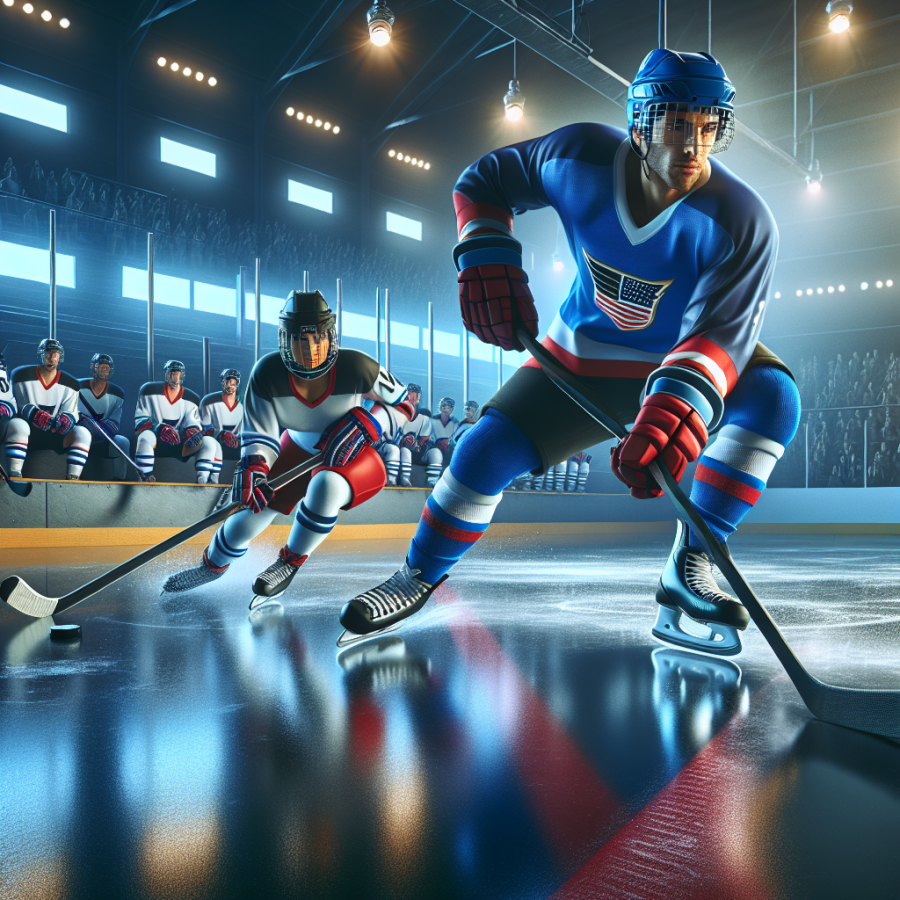Analyzing the On-Ice Rotations: Typical Stint Lengths for Hockey Athletes
When analyzing the on-ice rotations in hockey, it's essential to recognize that player shifts, or stints, are typically short but highly intense periods of gameplay. The average shift length varies by position, level of play, and individual coaching strategies, but there are common observations that help us understand the typical patterns of player rotations.
Defensemen typically have longer shift lengths compared to forwards due to their style of play, which often involves less high-intensity sprinting and more strategic positioning. A defenseman's shift can average anywhere from 45 seconds to a minute, but in some situations, they may be on the ice for up to 90 seconds, particularly if they're caught on the ice during a sustained opposition attack and are unable to change.
Forwards, on the other hand, experience shorter but more vigorous shifts. The intensity of a forward's play, which includes persistent skating, forechecking, backchecking, and possible physical play, generally limits their time on the ice to between 30 and 45 seconds per shift. Staying beyond that range can lead to fatigue, diminishing their effectiveness and potentially leading to mistakes or missed defensive responsibilities.
The duration of shifts is also impacted by the context of the game. Power play and penalty kill situations usually result in extended shifts for specialized athletes, who are chosen for their ability to optimize team performance during these critical moments. As such, a defenseman or a power-play specialist forward might remain on the ice for the entire two-minute penalty, although in modern hockey, many teams prefer to use two sets of players even on the power play to maintain energy levels.
Shift management is also crucial during the game's closing minutes or overtime, where coaches may shorten the bench, thus allowing the top players to take more frequent but still brief stints on the ice to maximize the chances of scoring or preventing a goal.
Conditioning and fitness levels naturally play a significant role in how long a player can sustain high-performance levels on the ice. It's common for shifts to become progressively shorter as the game advances and fatigue sets in. This reduction counteracts the physical toll of the game and helps maintain the speed and agility required.
Importantly, the line between optimal shift length and overexertion is thin. If a player remains on the ice too long, their risk of error increases substantially, which can lead to turnovers or missed scoring opportunities. Coaches use a combination of experience, real-time observation, and increasingly detailed performance analytics to decide the optimum time for line changes.
Read also:
The Ultimate Quiz to Determine the Perfect Golf Ball for Your Game
Breaking Down the Standard Shift Duration in Professional Hockey
Hockey is a sport synonymous with speed, precision, and endurance. Within the professional realm, particularly in leagues like the NHL, the duration of a player's time on the ice during a single shift is a critical component to overall team strategy and individual performance. The average shift length for hockey players is a topic of much interest because it speaks volumes about the sport's intense physical demands and the need for strategic player rotation.
The standard professional shift duration in hockey typically ranges from 45 seconds to a minute, although there are instances where shifts may be shorter or longer depending on various situational factors. This time window allows players to exert maximum effort in short bursts, ensuring a high tempo and the ability to maintain a level of play that would be unsustainable over longer periods. A shift's length can be dictated by a player's position, their role on the team, the current state of the game, as well as the overarching strategy employed by the coaching staff.
Forwards tend to have the shortest shifts, given the nature of their role, which requires intense skating, frequent changes in speed, and constant movement to create offensive opportunities or backcheck to defend. A forward’s shift length may be further influenced by the pace of the game; in a fast-paced, end-to-end game, shifts may be even shorter to keep legs fresh.
Defensemen, on the other hand, may have slightly longer shifts. Since they often play a more anchored role, typically at a slightly less frenetic pace, they can sustain longer periods on the ice. The physicality of this position also plays a role; defensemen must be able to engage in battles for the puck and use their body to protect the zone, activities that, while exhausting, do not always necessitate the same explosive energy used in offensive rushes.
Special teams situations, like power plays and penalty kills, can also affect shift lengths. A player with a critical role on a power play unit might be kept on the ice for an extended time to exploit the man advantage. Conversely, penalty kills can result in longer or shorter shifts, depending on whether the team prefers fresh legs to challenge the power play or experienced players to weather the storm.
Coaching strategies and player endurance levels additionally play a significant role in determining shift duration. Some coaches might insist on quick changes to maintain a high level of intensity throughout the game, while others may adjust shift lengths based on how players are coping with fatigue as the game progresses.




